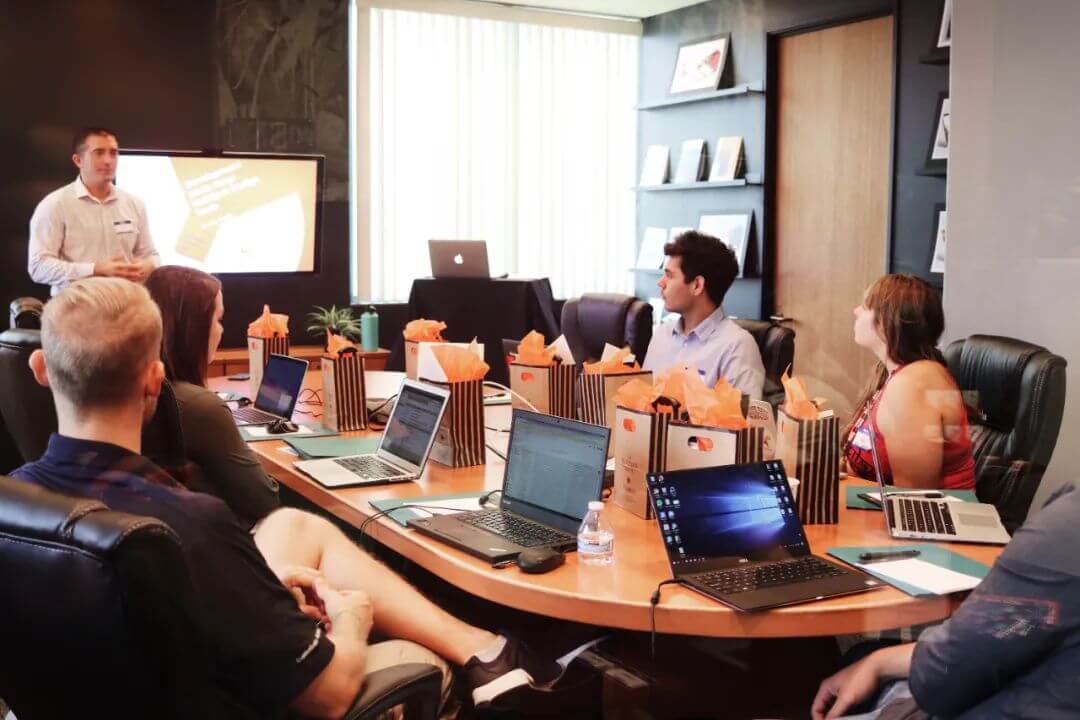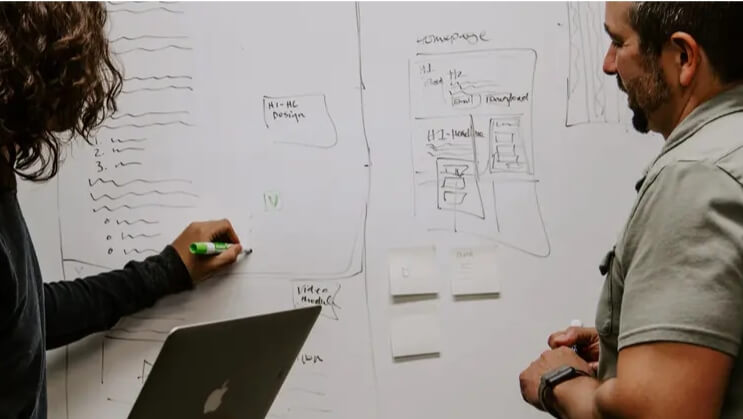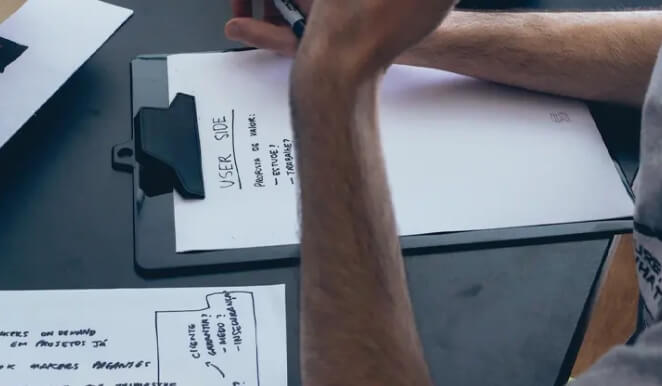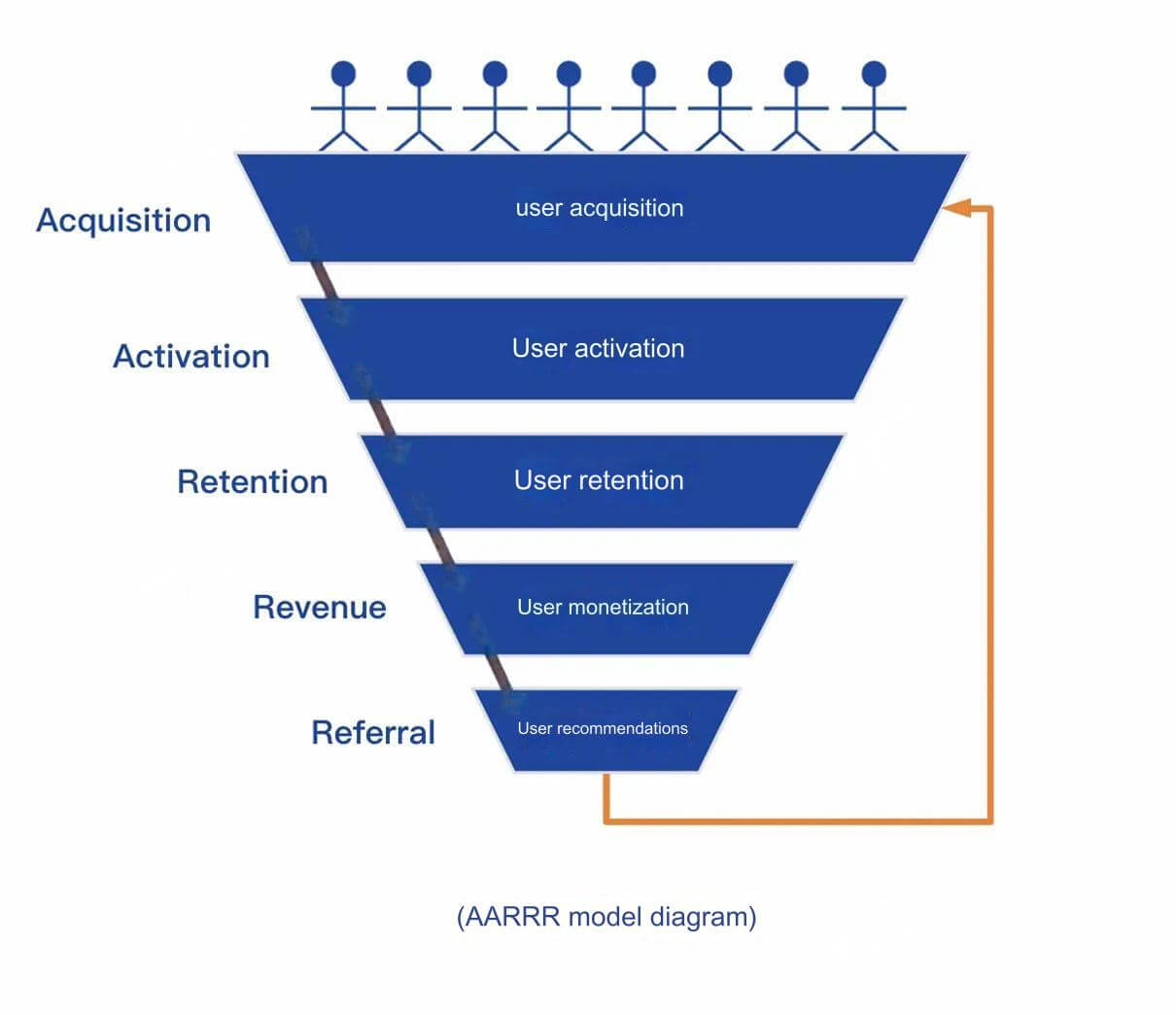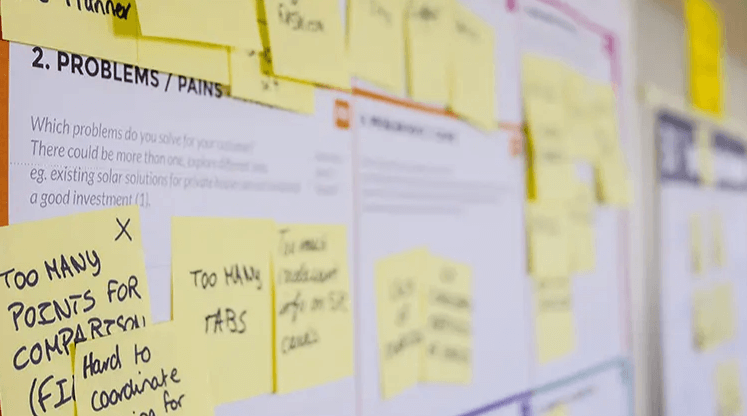Under the push of large-model technology, a new professional group—independent AI developers—is emerging. They leverage large models and AI-assisted development tools to lower the barriers to product development, enabling individuals to create potentially viral applications.
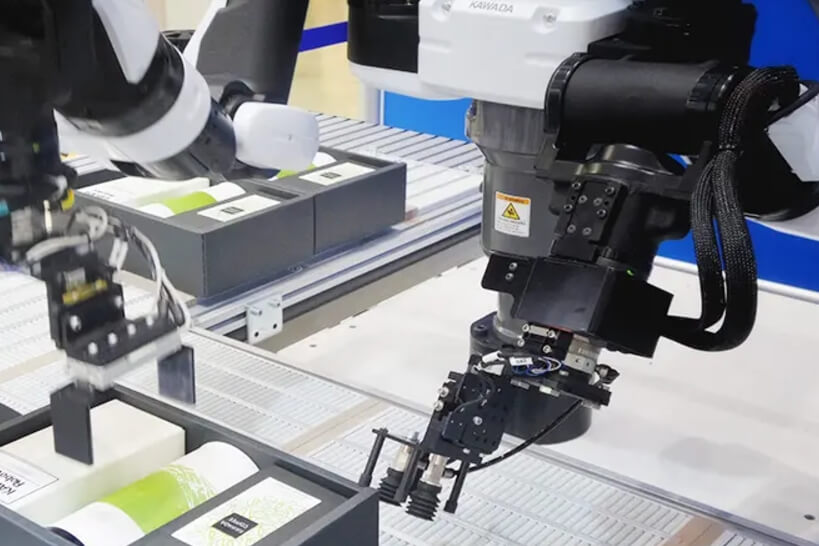
"One person can build an AI company worth $1 billion."
This remark by OpenAI's founder, Sam Altman, has inadvertently fueled the rise of a new group, the so-called AI independent developers—a trending new profession today.
In the era of large models, AI-assisted development has significantly reduced the threshold for launching new products. Many are attempting to monetize their ideas, hoping to create a hit intelligent agent or app.
Currently, the most popular toolkit for AI independent developers includes AI search, AI art generation, and niche chatbots. Notable examples exist in each domain, such as AiDouBi, who created an AI search product with 160,000 global users; Wang Dengke, known for his AI art website 6Pen Pro and his viral "Girlfriend Simulator"; and the creators of CrushON, an NSFW chatbot popular in overseas markets.
"Now, it's not unusual for a one-person company to achieve overnight fame," said one independent developer. With mature media and distribution channels, any app gaining traction—like appearing on App Store download rankings—quickly attracts attention from short-video influencers and tech writers. For instance, a recent app named "Kitten Fill Light" climbed into the Top 20 on Apple's iOS rankings. The developer reportedly earned nearly 1 million yuan through AI development within a year after leaving a big tech company. Similarly, Zhao Chunxiang, creator of the "Gastric Book", developed three AI products solo with zero marketing spend and enough revenue to sustain himself. Overseas, a 17-year-old developer reportedly earned $1 million in four months with an AI tool that even caught Mark Zuckerberg's attention.
1. AI Makes Dream Realization Easier
Previously, independent product development required programming skills. However, with the advent of large models and AI coding, even this barrier has been removed. For example, ChatGPT-4 now fulfills core interactive functions, and tools like Cursor lower the entry threshold further—turning product development into something as simple as typing prompts.
Take "Kitten Fill Light", for example. Its developer, Chen Yunfei, left his job at a major company in March 2023 and became a digital nomad. Inspired by his girlfriend's need for customized lighting for selfies, he used Cursor to develop the app in just one hour. It has since surpassed 100,000 downloads on the App Store.
A similar story surrounds Zhao Chunxiang, a former product manager turned developer, who found inspiration on Xiaohongshu (a social media platform) where users shared "one-person meal" posts. His app, "Gastric Book", uses AI to analyze calorie intake and health metrics based on daily food photos. The app attracted 9,000 users and garnered investment interest, but it also sparked comparisons to Cal AI, a similar calorie-tracking app developed by a 17-year-old overseas, which achieved $1 million in revenue within four months.
2. Betting on Viral Potential
For developers like Chen Yunfei, the odds of creating a viral product often feel like a matter of luck. Within a year of leaving his job, Chen developed multiple projects, including local scripts, websites, mini-programs, and iOS apps, releasing nine products on Bilibili alone. He admits, "You have to create about 10 'trash' projects to make one hit product."
For his hit app "Kitten Fill Light", Chen used his newfound media promotion skills to generate buzz, turning controversies into an advantage. His posts targeting AI coding enthusiasts drew critics, which ironically boosted the app's visibility. Later, its primary user base—beauty-conscious women—amplified its popularity by sharing photos.
Other developers, like Zhao Chunxiang and AiDouBi, have similarly relied on iterative approaches to reach success. AiDouBi developed ThinkAny, an AI search engine, after experimenting with various projects. With dedicated SEO and global launches, ThinkAny achieved 600,000 monthly visits within three months.
3. Making Money Isn’t Easy
Despite the buzz, these AI products often lack large user bases. The most successful example, Girlfriend Simulator, gained millions of users but only generated quick revenue due to its simplicity and limited technical barriers. Most independent developers rely on initial paid downloads or subscriptions to sustain their work.
For example, Zhao Chunxiang insists on charging users from day one. His app "Gastric Book" earned $12,000 within five months, ranking third in Apple’s "Food & Drink" category. However, maintaining low costs is critical for independent developers, as hosting costs for large-model APIs can quickly add up.
Some developers, like Wang Dengke, have turned to partnerships with AI providers or sought external income through roles such as enterprise consultants or media creators. Others try paid features: Chen Yunfei’s "Kitten Fill Light Pro" launched as a paid app, climbing to the top of Apple’s photography category in under 24 hours.
4. The Road Ahead
While the current crop of AI independent developers has yet to create "heavyweight" apps, the barriers to innovation have never been lower. Tools like natural language-driven coding assistants from companies like Baidu, Alibaba, and Zhipu further democratize development. Although most apps today address niche or novelty needs, they could evolve into platforms akin to Facebook, which started as a simple rating tool.
The explosion of creativity enabled by AI suggests that the next generation of super apps could very well emerge from these independent developers.

